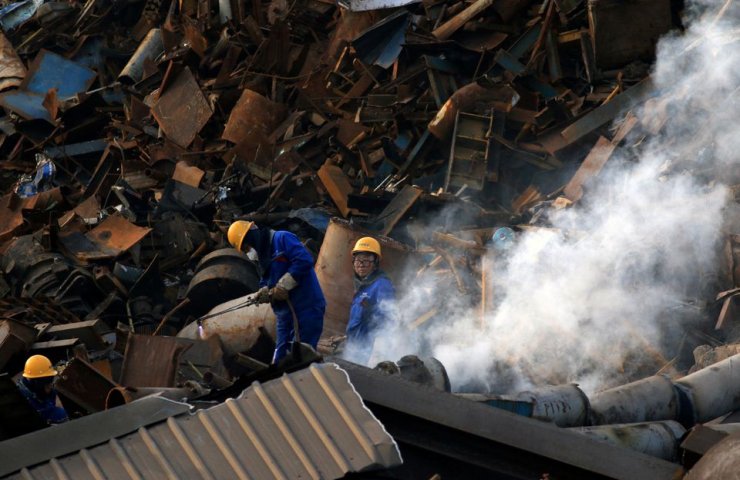Global scrap prices continue to rise - S&P Global Platts
Scrap prices for ferrous metals may receive growing support from rising demand in China after setting government targets for decarbonisation, reducing emissions and limiting growth in steel production. Scrap use will increase as supplies of coking coal, coke and energy remain limited, S&P Global Platts said in a policy brief.
S&P Global Platts estimates that imported scrap prices in China remain high at $ 598 per tonne CFR as of October 1, higher than the September average of $ 576.19 per tonne CFR.
After last month's decline in scrap prices in Europe and price stabilization in Turkey, scrap metal to be exported to China may receive higher prices. This could maintain its position in the scrap markets compared to the price of the reference ore with 62% iron, which has fallen in price by another 25% compared to September compared to August.
According to Platts estimates, the price ratio of imported scrap to iron ore in China rose to 5.11: 1 on October 1 from 4.99: 1 at the end of September and 4.89: 1 last month.
China imports iron ore with an iron content of 62%. Iron ore prices with an iron grade of 62% remain relatively close to recent lows after having more than halved since July, while import prices for coking coal in China hit new records last month.
Restrictions on steel production and higher coking coal prices have reduced demand, while Chinese policies have increased the attractiveness of low-emission scrap, imported pig iron and hot briquetted iron.
According to Platts calculations using data from the World Steel Association, in the first eight months of 2021, China's demand for scrap and metals for steel production, in addition to iron production, could increase by about 26.5% compared to the same period in 2020.
Using higher grades of recycled steel scrap in large quantities when mills are trying to add scrap and HBI to the blast furnace can help steelmakers reduce CO2 emissions and save valuable fuel and energy.
China plans to cut steel production below 2020 levels this year, the first annual cut since 2016. China's liquid steel production is likely to fall further in September and remain low in October, while steelmakers face wider production restrictions from early September due to energy controls.
Recall that Ukraine is preparing for parliamentary consideration the bill providing for a temporary complete ban on the export of scrap metal from the country, which will increase the shortage of this raw material in the regional and world market as a whole.
